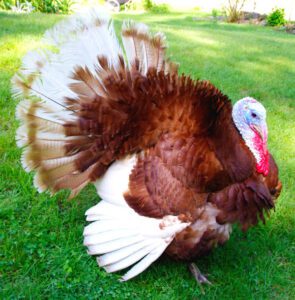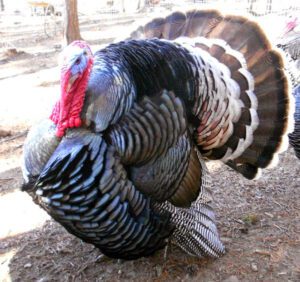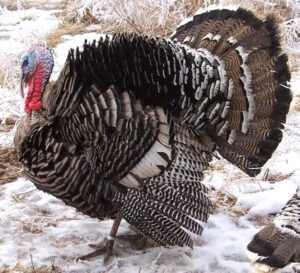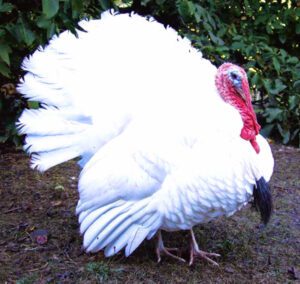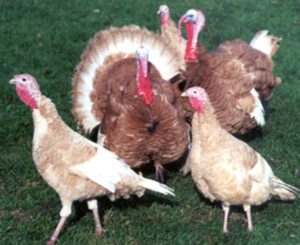Determining turkey gender will be relatively easy for if you are raising turkeys for a long period. But you can also learn about the ways of determining turkey gender through regular practice. There are many behavioral and physical characteristics that you can observe for identifying males and females.
Although closer view of the birds is also required sometimes for determining turkey gender (for example, young males may lack some of the characteristics that adult males possess, and this could cause confusion).
Coloration in the turkeys were genetically removed in the 1960s when commercial turkey production gained popularity.
Different Ways for Determining Turkey Gender
Different turkey breeds have different coloration and other body characteristics. So determining turkey gender depends on the breed you have. Here we are describing more about the ways of determining turkey gender.
1. Determining the Gender of Poults (Baby Turkey)
Determining the gender of poults can be challenging, and it depends on the breed. Vent observing method is the most commonly used method for determining turkey gender which began in the 1920s.
Although, success in vent method requires a keen eye and lots of practice. You need to examine the vent or opening of the poults for examining the development of the reproduction organs.
Generally the male poults have round bumps, while the females have concave or flat centers. This method actually takes time and lots of practice. And the method has around 90 to 95 percent success rate.
2. Compare the Size of the Birds
Comparing the size of the birds is a great way for determining turkey gender from a distance. Generally, the males are larger in size and overall appearance than the females. If you observe a group of turkey, any adult male turkey should appear notably larger than any nearby females.
3. Look for the Beard
Generally the male turkeys have a beard of modified feathers running down the chest. While the females generally don’t have such beard.
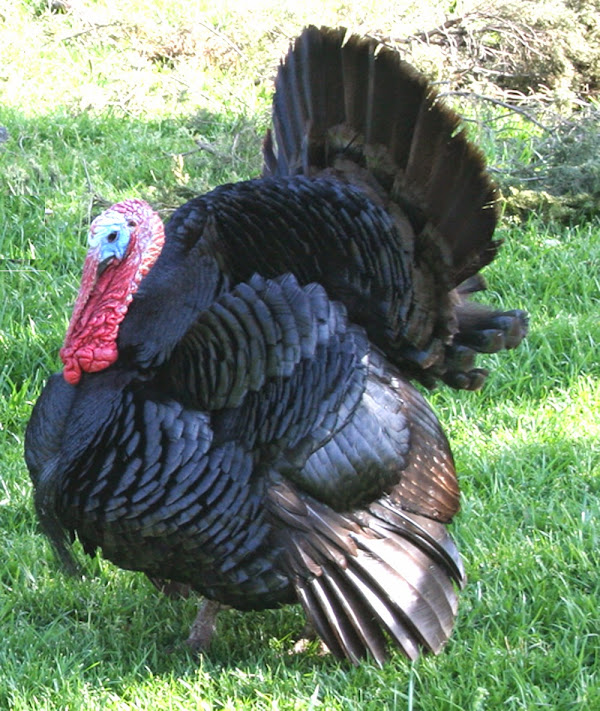
4. Top of the Head
Check the top of the head. Most of the male turkeys generally have completely featherless heads, while the females have small feathers that extend over the top of their heads. Along with this, color of the male turkey’s head will change depending on it’s current level of excitement (especially during mating season). Head of the male turkey can switch from red to blue to white. And this change can happen within seconds.
5. Observe Coloration
Closely observer the coloration of your birds for determining turkey gender. Generally, the males have more brightly colored feathers than the females. While the females have much duller coloration and drabber appearance. Depending on the breed, the males can have an iridescent red, green, bronze, copper or gold sheen.
And during breeding season, the males use these brightly colored feathers for attracting females. And in most cases, the more brightly colored males generally have the greatest success. On the other hand, the females have gray or brown feathers that lack iridescence.
However, colored feathers of the turkey were genetically removed in the 1960s for commercial turkey farming business. This was done for avoiding the black pigment left behind when feathers were plucked.
5. Observe the Tail
Female turkeys keep their tail down. On the other hand, male turkeys frequently raise their tails into the shape of a fan (actually fanning the tails is an act of dominance for the male turkeys). Males also perform this act for attracting females or even when trying to scare off potential threats.
6. Monitor the Presence of Leg Spurs
Female turkeys generally have smooth, spur-free legs. While the males have spurs or small spike-shaped bumps that should be visible from a moderate distance.
Male turkey generally use this spurs for the purposes of dominance and defense. They use them for attacking predators and rivals during mating season.
7. Listen to Their Call
Listening to the call of your birds is also an option for determining turkey gender. The females will softly cluck or yelp (but they generally don’t gobble). But the males make the well-known ‘gobble’ noise. Gobbling is also an act of dominance just like fanning the tail. The males also gobble to scare predators and potential rivals.
These are the most common ways for determining turkey gender. If you are a beginner, you can easily identify male turkeys from females if you follow the above mentioned systems. God bless you!
